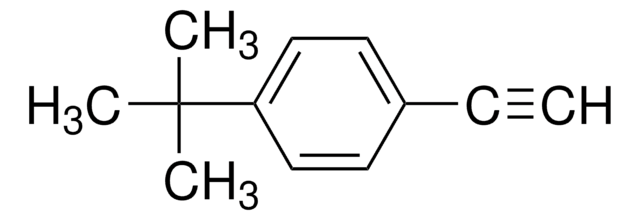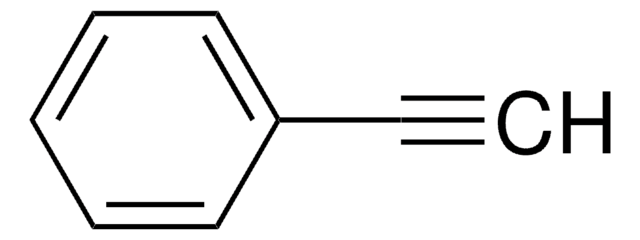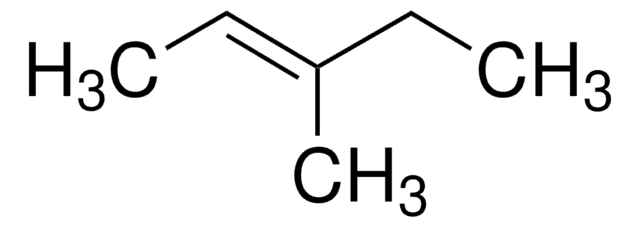447153
trans-3-Hexene
≥99%
Iniciar sesiónpara Ver la Fijación de precios por contrato y de la organización
About This Item
Fórmula lineal:
C2H5CH=CHC2H5
Número de CAS:
Peso molecular:
84.16
Beilstein/REAXYS Number:
1718859
EC Number:
MDL number:
UNSPSC Code:
12352100
PubChem Substance ID:
NACRES:
NA.22
Productos recomendados
assay
≥99%
refractive index
n20/D 1.394 (lit.)
bp
67 °C (lit.)
density
0.677 g/mL at 25 °C (lit.)
SMILES string
CC\C=C\CC
InChI
1S/C6H12/c1-3-5-6-4-2/h5-6H,3-4H2,1-2H3/b6-5+
InChI key
ZQDPJFUHLCOCRG-AATRIKPKSA-N
¿Está buscando productos similares? Visita Guía de comparación de productos
For use with
Referencia del producto
Descripción
Precios
signalword
Danger
hcodes
Hazard Classifications
Asp. Tox. 1 - Flam. Liq. 2
Storage Class
3 - Flammable liquids
wgk_germany
WGK 3
flash_point_f
-13.0 °F - closed cup
flash_point_c
-25 °C - closed cup
ppe
Eyeshields, Faceshields, Gloves, type ABEK (EN14387) respirator filter
Elija entre una de las versiones más recientes:
¿Ya tiene este producto?
Encuentre la documentación para los productos que ha comprado recientemente en la Biblioteca de documentos.
Los clientes también vieron
Electronic effects of bis (2-aryl-4, 5, 6, 7-tetrahydroindenyl) titanocene dichlorides on the catalytic epoxidation of trans-3-hexene.
Halterman RL and Ramsey TM.
Journal of Organometallic Chemistry, 465(1), 175-179 (1994)
Synthesis and ene reactions of di-(-)-menthyl diazenedicarboxylate.
Brimble MA, et al.
Tetrahedron Asymmetry, 7(7), 2007-2016 (1996)
Study on the separation of 1-hexene and trans-3-hexene using ionic liquids.
Jiqin Z, et al.
Fluid Phase Equilibria, 247(1), 102-106 (2006)
Oligomers from the ozonolyses of cis-and trans-3-hexene and cis-and trans-2, 5-dimethyl-3-hexene
Murray RW and Su JS.
The Journal of Organic Chemistry, 48(6), 817-822 (1983)
Alla Zelenyuk et al.
Faraday discussions, 200, 143-164 (2017-06-06)
When secondary organic aerosol (SOA) particles are formed by ozonolysis in the presence of gas-phase polycyclic aromatic hydrocarbons (PAHs), their formation and properties are significantly different from SOA particles formed without PAHs. For all SOA precursors and all PAHs, discussed
Nuestro equipo de científicos tiene experiencia en todas las áreas de investigación: Ciencias de la vida, Ciencia de los materiales, Síntesis química, Cromatografía, Analítica y muchas otras.
Póngase en contacto con el Servicio técnico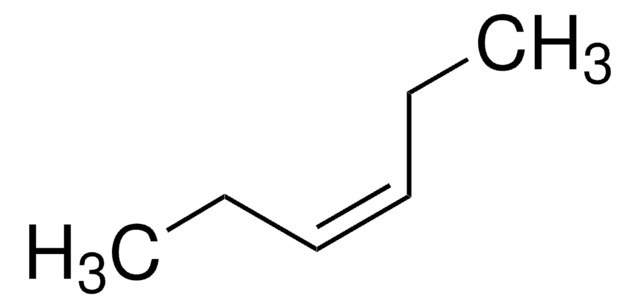

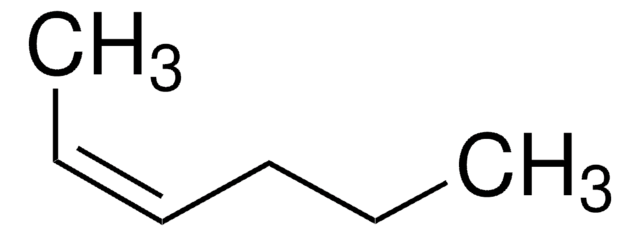
![[Pd(OAc)2]3 reagent grade, 98%](/deepweb/assets/sigmaaldrich/product/structures/508/249/99a0ef2c-b77c-4d73-8ed9-0cca05b6b41f/640/99a0ef2c-b77c-4d73-8ed9-0cca05b6b41f.png)
